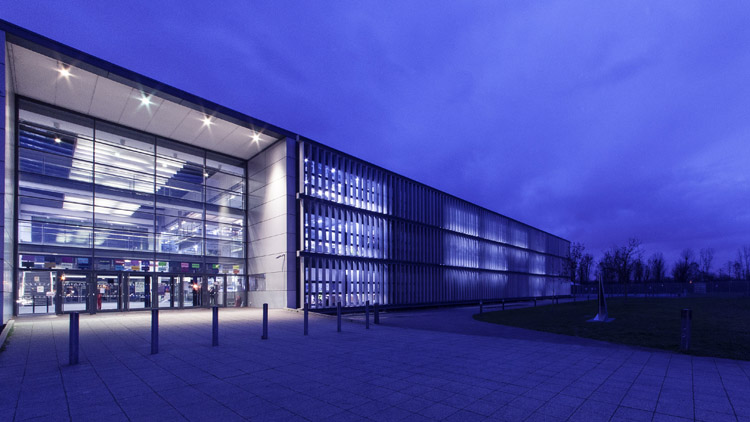Adding lighting control to old buildings doesn’t have to be a drag, says Sam Woodward.

There are some things that you never hear. ‘The beer is cheap in London.’ ‘We’re starting this news bulletin with good news.’ ‘Budget airline extras charges are perfectly reasonable.’ You certainly never hear jubilant shouts from school bursars of: ‘We have plenty of excess in our budget, so there’s no need to find new savings.’ Yet it sometimes seems you can almost hear them humming: ‘We don’t need no automation… We don’t need no light control… All in all it’s just another switch on the wall.’
Automatic for the pupils
But the education market is ripe for automated energy saving in the lighting realm, and your bursar’s budget-boosting benefits can be achieved in classrooms, corridors, stores, staff rooms and other spaces surprisingly simply.
The good news is that many new-build educational facilities are achieving top grades by installing automatic controls for their lighting from the start. The report card for existing establishments is less distinguished. One common reason to avoid controls is the perceived amount of time it will take to install them, along with the presumed disruption to the fabric of the building while this is happening. Schools have so many maintenance tasks scheduled for the holidays that the idea of running cables in the corridors can be quite an obstacle.
However that need not be the case. Clients that do their homework can discover that retrofit installations of controls can be achieved more quickly than it takes to write ‘I must remember to switch off the lights’ 100 times. Simple wireless technology is on average 70 per cent quicker to install than cabled alternatives, and such controls pay for themselves rapidly in the form of reduced electricity bills.
Using elementary wireless wall-switches, simple secondary controls (such as ceiling-mounted light and motion sensors), and best-in-class load-controllers connected to the light fittings, comprehensive classroom control can be achieved. The control principles for most classrooms are:
Separate zones for lighting above the whiteboard and the main body of the classroom, so the front row can be dimmed when an OHP – sorry, interactive whiteboard or data projector – is being used.
Daylight harvesting on rows adjacent to windows, so daylight can uniformly replace artificial light when appropriate.
Automatic extinguishing of the lighting when the room is vacant, so empty classrooms are not consuming power unnecessarily.
Override controls for the teacher to switch lights off when they might otherwise be on, and vice-versa.
All of these specification points can be achieved with just three control components. You might say it’s ‘as easy as one, two, three’:
Wireless switches, which by virtue of having no bus-wiring or mains connection fully achieve the SELV: safe extra-low-voltage requirements of most specs.
Light/motion sensors, also wireless, and also offering a decade of life before the battery will have to be changed.
Load controllers that either work digitally, using a protocol such as Dali or EcoSystem to enable the zoning of fittings, or 0-10V for more conventional dimming.
Battery life for keypads can be as long as a decade, so maintenance need not be a nightmare. Sensors, also wireless, can automate the extinguishing of light fittings in empty corridors, vacant classrooms, and unoccupied utility spaces.
Once installed, pairing the light switches, sensors and load controllers (the devices that actually switch or dim fittings) can be achieved without complex ‘hubs’, infrared programmers that look more like they have a home in the space shuttle, or any computer-based programming.
So, when school’s out for summer, the bursar can buy some new toys and install them without hassle – and without blowing the budget.


